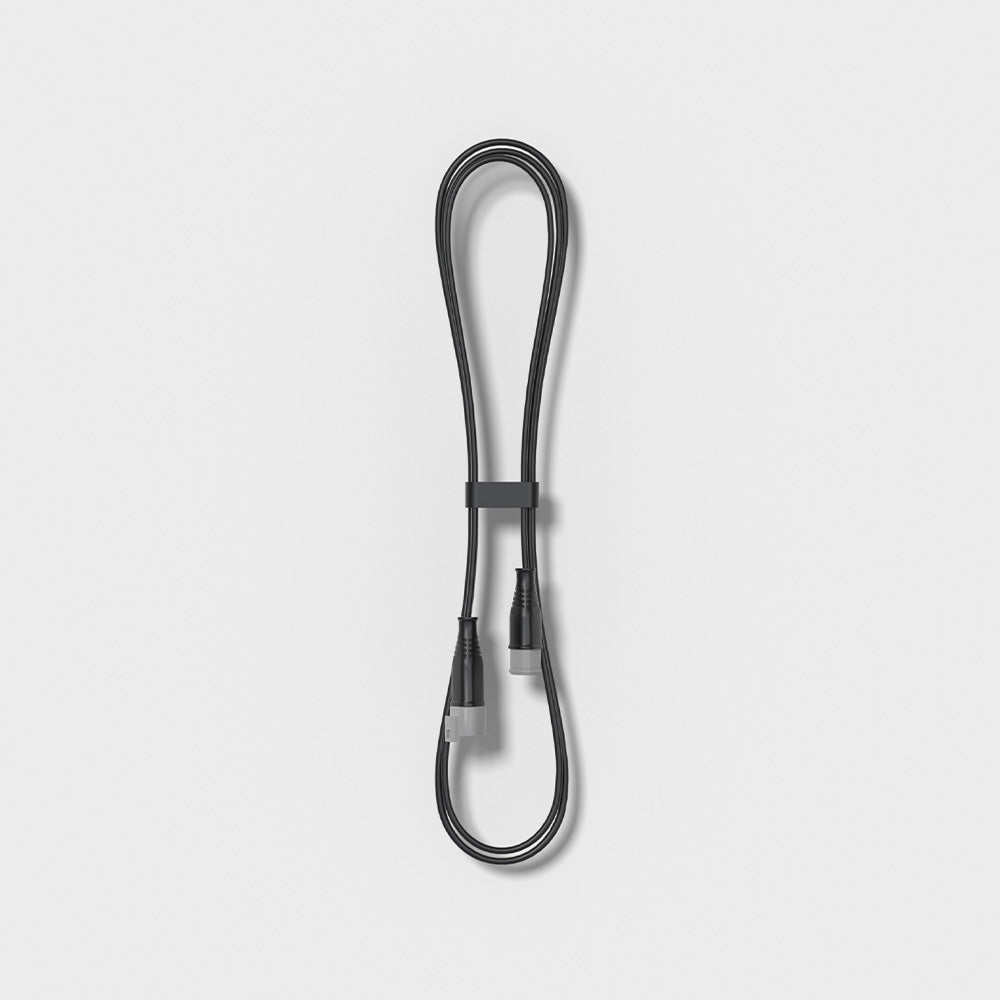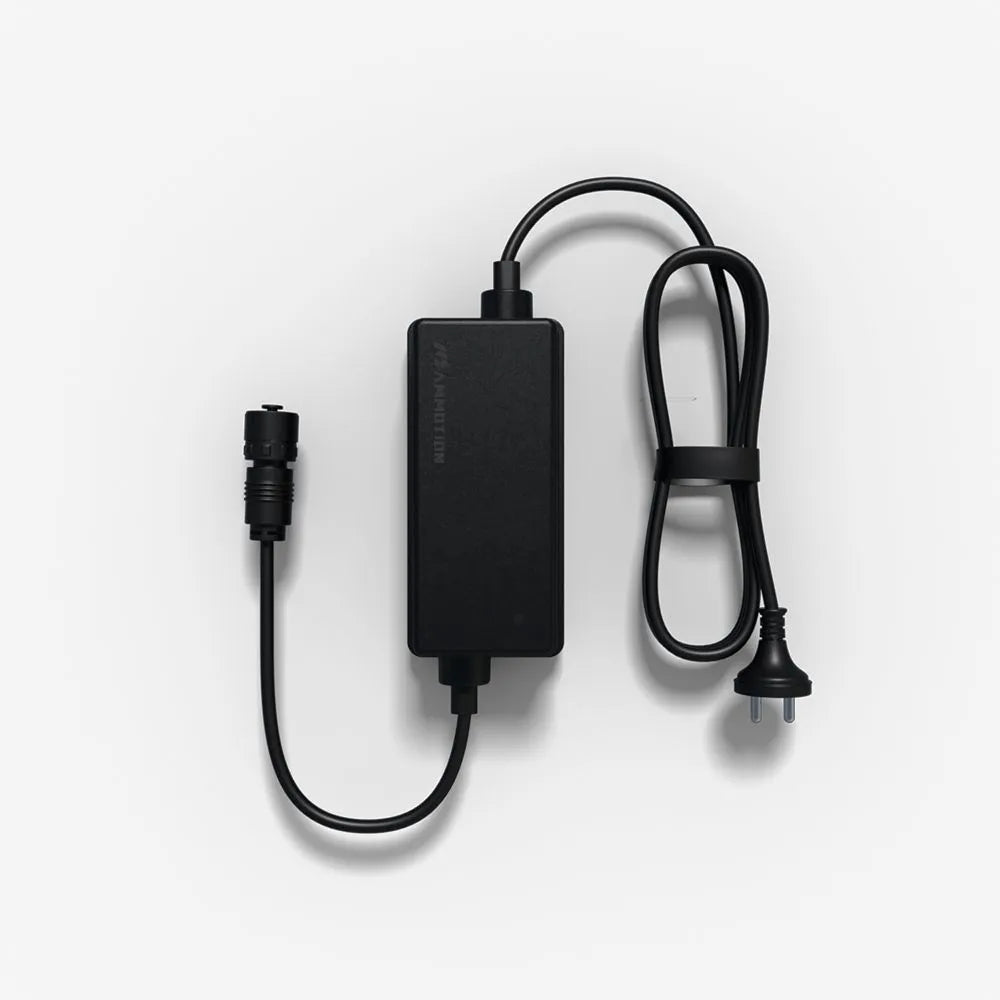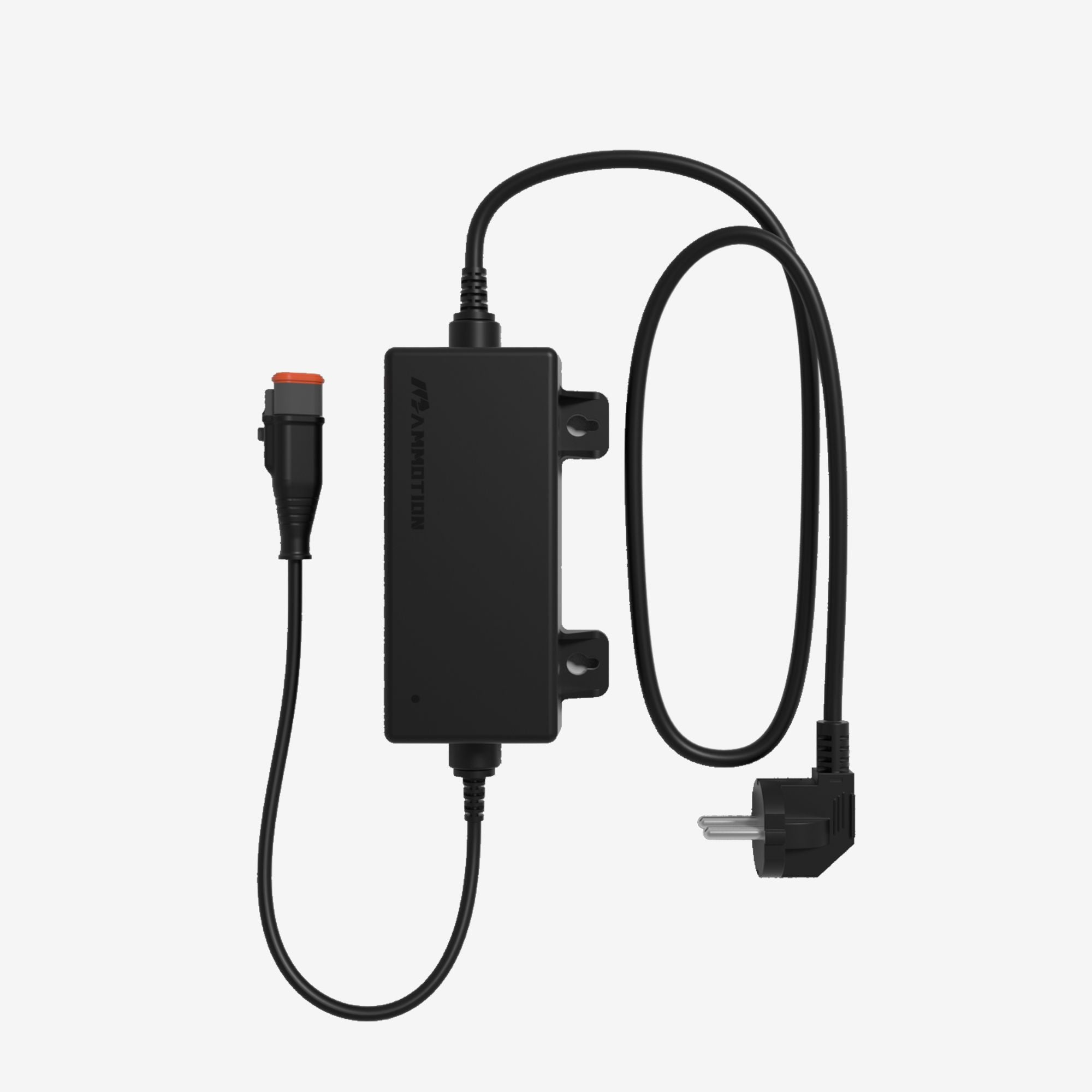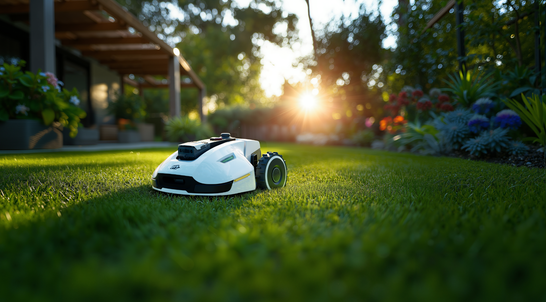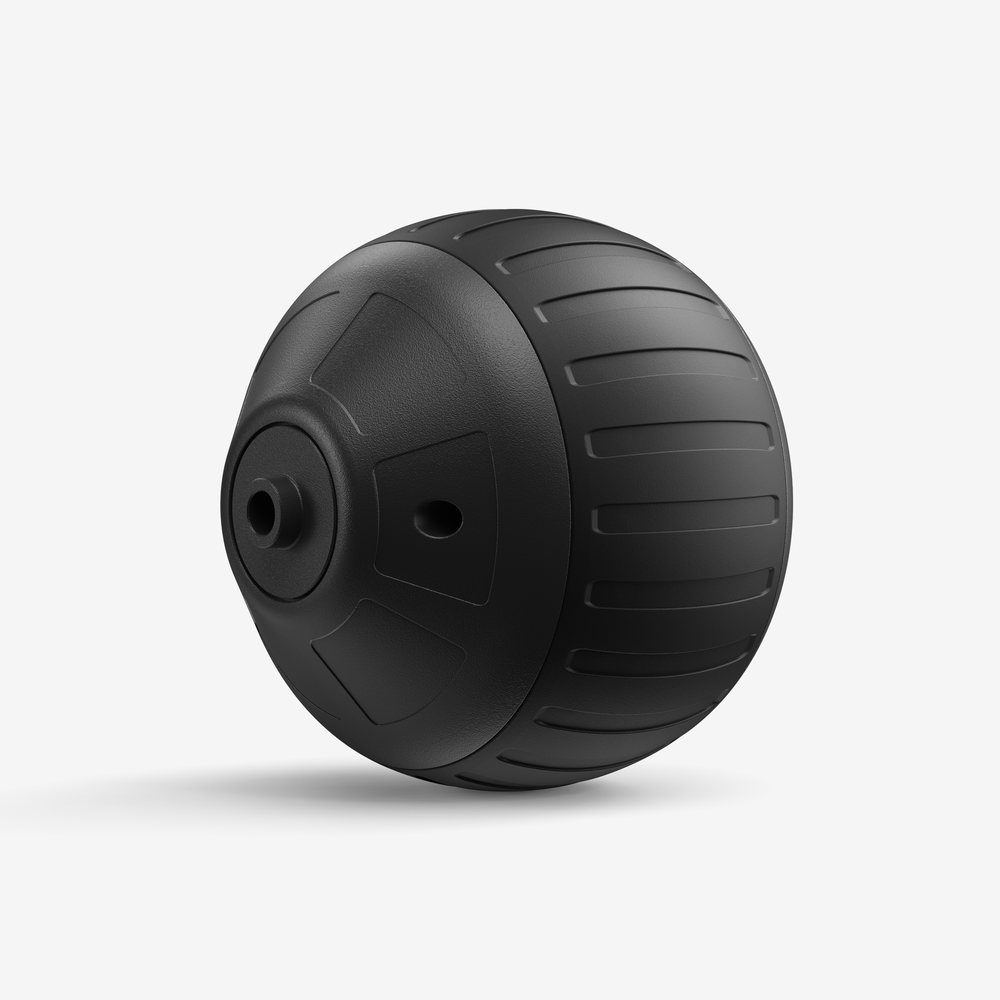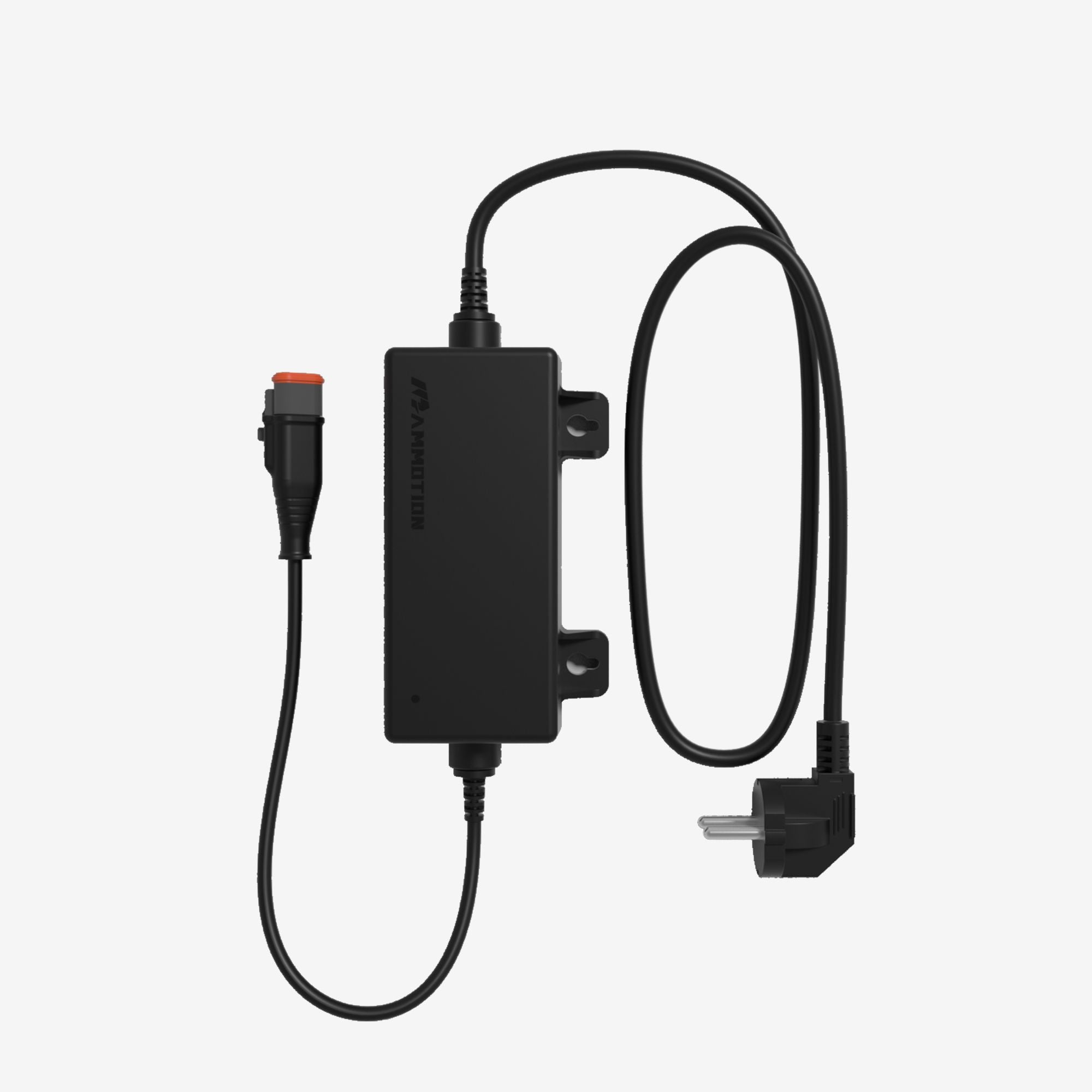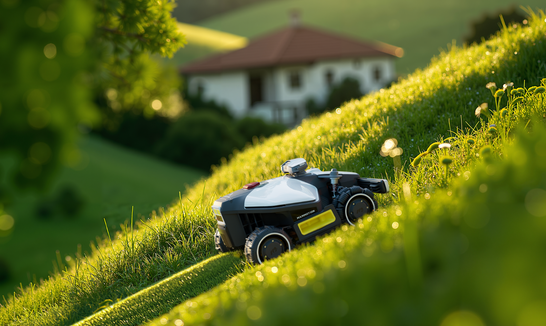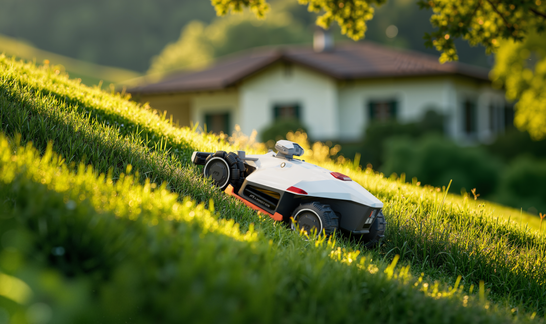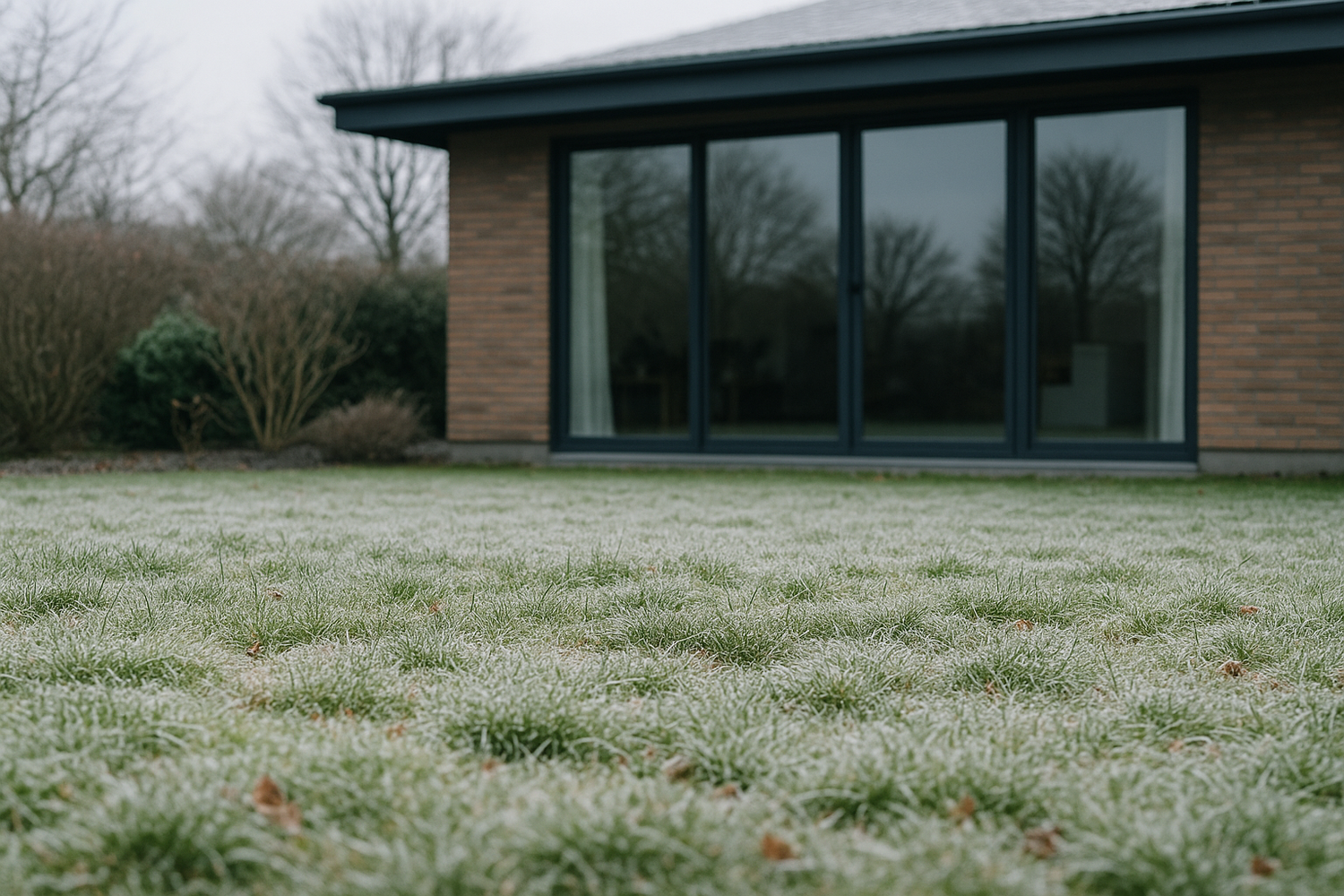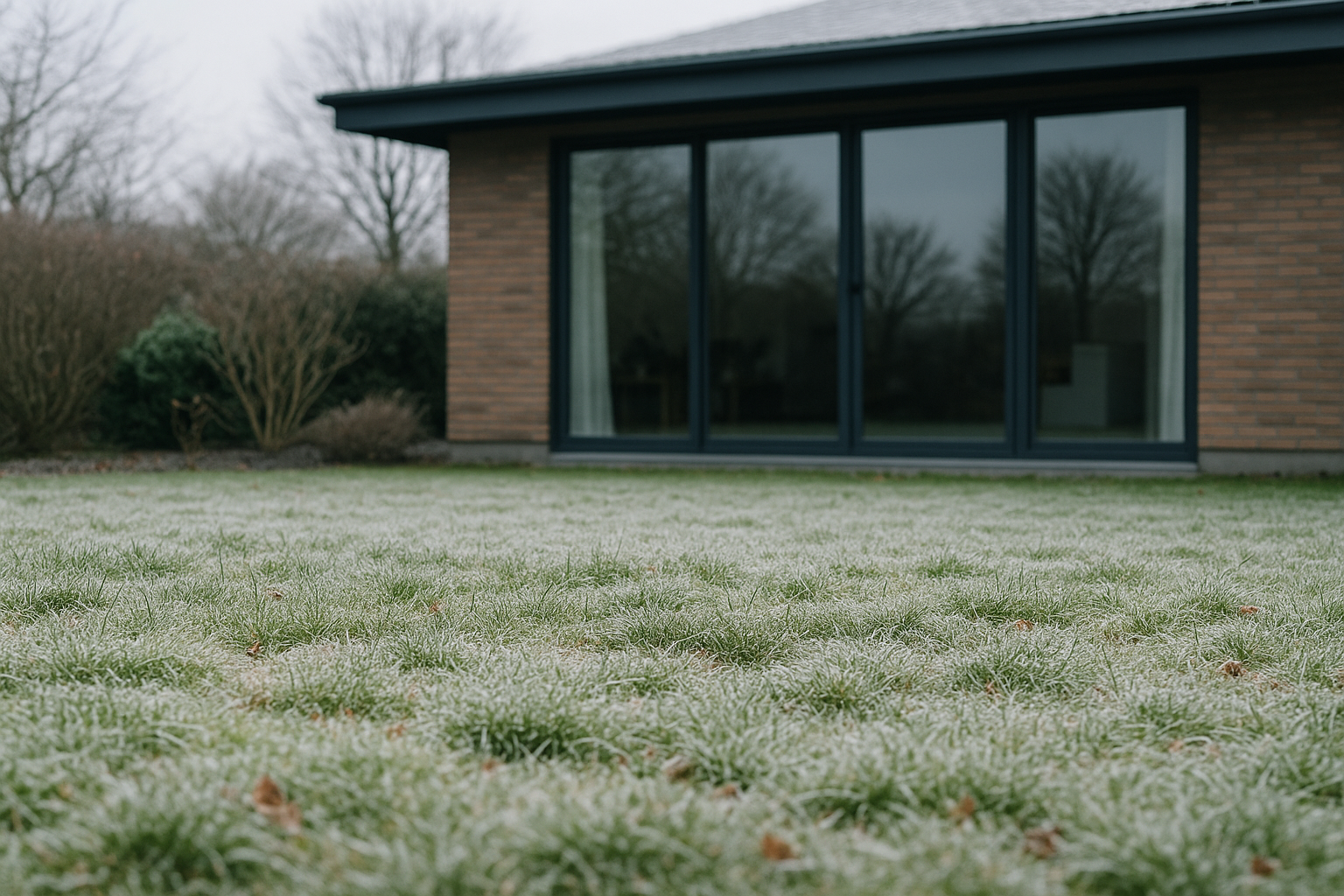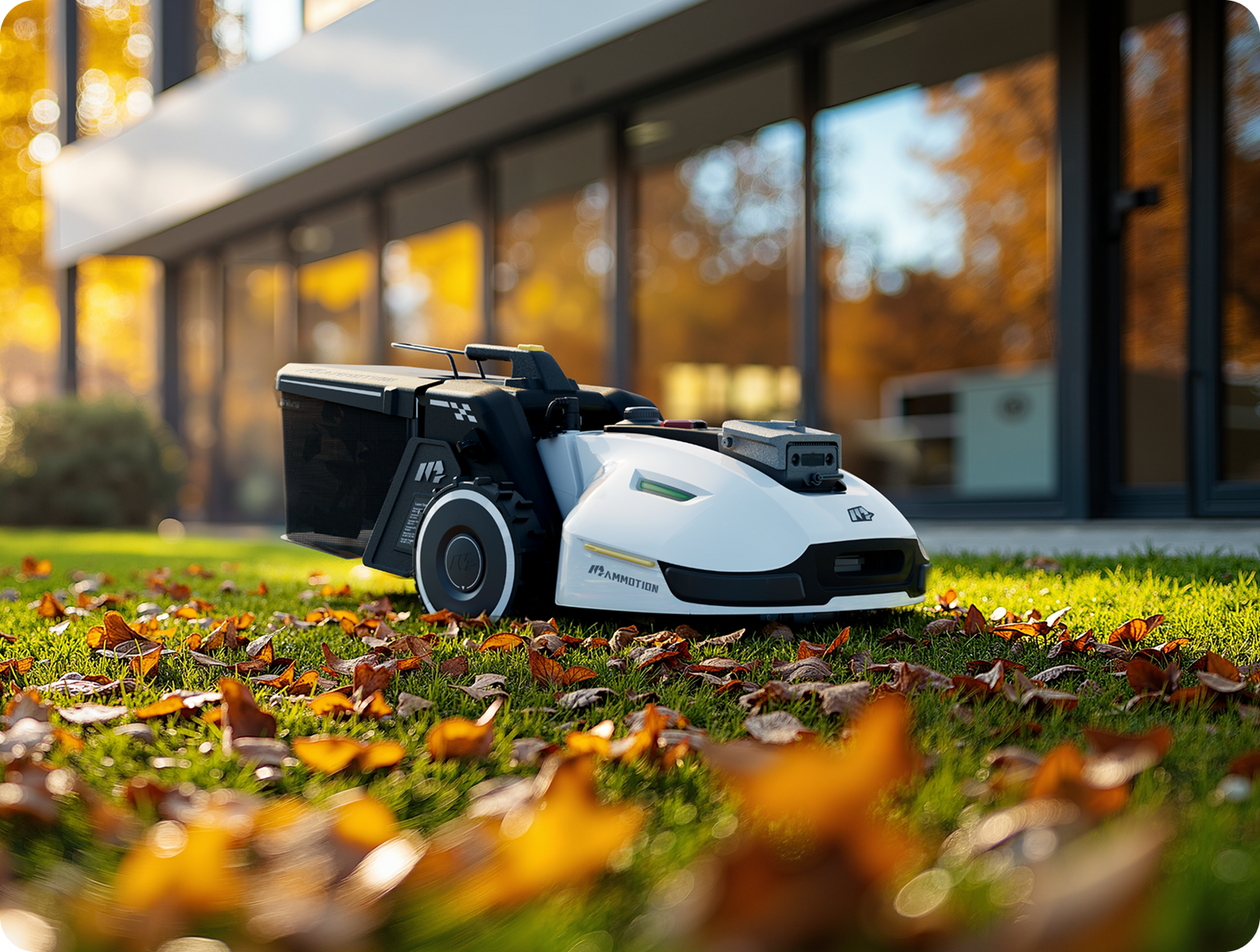In the UK, where rain, frost, and shorter days define the colder months, winter lawn care is not just optional—it’s essential. While your grass may seem dormant, important biological processes are still happening beneath the surface. The roots continue to absorb nutrients and strengthen themselves for spring, meaning what you do now will determine how lush and resilient your lawn looks next year.
In this guide, you’ll learn expert winter lawn care tips tailored to the UK climate, including how to care for a lawn in winter, the ideal timing for preparation, and how to use a winter lawn fertilizer effectively. Whether you’re tackling frost protection, preventing moss, or preparing your garden for a strong spring comeback, this step-by-step guide will help your lawn stay healthy all year long.
Understanding Your Lawn in Winter
When temperatures drop below 5°C, your lawn enters a semi-dormant state. Growth slows dramatically, photosynthesis decreases, and root development becomes the lawn’s main focus. This is why caring for your lawn in winter is more about protection than active maintenance.
UK weather adds extra challenges: heavy rain leads to waterlogging, frost causes the grass blades to freeze and become brittle, and reduced daylight limits recovery time. In northern regions like Scotland and Yorkshire, the lawn may remain frozen for weeks, while in the south, rainfall and mild frost alternate, creating perfect conditions for moss and disease.
To understand how a lawn behaves in winter, imagine it as a hibernating plant—still alive but conserving energy. During this time, your main role is to minimise stress. Avoid unnecessary mowing, don’t walk on frosted grass, and make sure the soil has good drainage. Aeration done before winter will help oxygen reach the roots and prevent compaction, one of the most common UK lawn issues.
By recognising that your grass isn’t “dead” but resting, you can adjust your routine to help it survive winter and flourish when temperatures rise again.
End-of-Autumn Preparation (Pre-Winter Tasks)
Good winter lawn care begins before the first frost arrives. October and November are the crucial preparation months for most UK regions. Here’s what to focus on:
1. The Last Grass Cut of the Year
Carry out your last grass cut of the year in late autumn, keeping the grass height around 4–5 cm. This is one of the simplest yet most effective winter lawn care tips. Cutting it too short exposes roots to frost, while leaving it too long traps moisture and encourages disease.
2. Clear Leaves and Debris
Fallen leaves block sunlight and trap dampness, leading to fungal infections and moss growth. Rake them away weekly or use a leaf blower. Compost them if you can—they make excellent mulch for spring beds.
3. Aerate and Improve Drainage
Waterlogged soil is a UK winter nightmare. Use a garden fork or aerator to create small holes across your lawn, improving air circulation and helping water drain more efficiently.
4. Apply a Winter Lawn Fertiliser
A winter lawn fertilizer prepares your lawn for dormancy by strengthening the root system. Look for one with low nitrogen and high potassium—for example, Westland SafeLawn Natural Lawn Feed or EverGreen Autumn & Winter Lawn Care. Potassium boosts resistance to frost and disease, while phosphorus supports root development.
5. UK Timing Tip
Northern UK: Start these tasks in early October before frost sets in.
Southern UK: You can continue into mid-November, but avoid feeding once the soil temperature consistently drops below 5°C. Taking these simple steps ensures your lawn is fortified before winter fully arrives.
Winter Maintenance & Protection
Once winter settles in, your focus should shift to preservation. The goal of winter lawn care UK is to protect the grass from physical and environmental damage while keeping conditions stable.
Avoid Walking on Frosted Lawns
Walking on frozen grass is one of the most common mistakes homeowners make. Each step crushes the blades, creating brown footprints that last for months. If your garden layout requires crossing the lawn, install stepping stones or a gravel path to reduce pressure.
Minimise Waterlogging
Heavy UK rainfall can suffocate roots. If puddles persist after rain, lightly spike the affected area with a fork to improve drainage. For chronic waterlogging, consider topdressing with a mix of sharp sand and compost.
Control Moss and Disease
Wet, shaded lawns are breeding grounds for moss and fungi like snow mould (fusarium patch). To combat this, gently rake out moss and apply iron sulphate treatments on mild winter days. For disease prevention, ensure good airflow—trim nearby shrubs or hedges that block sunlight.
Fertilising During Dormancy
Once your lawn is completely dormant (typically December–January), avoid applying winter lawn fertiliser. The nutrients won’t be absorbed and may wash away, harming the environment. Wait until late February or March for your next feeding.
Keep It Clean
Clear fallen branches or debris after storms to prevent smothering patches of grass. These small habits keep your lawn healthy without much effort during the coldest months. In short, how to take care of a lawn in winter isn’t about doing more—it’s about doing the right things at the right time.
Fertilising & Feeding Strategy for Winter–Spring Transition
As winter begins to fade, your lawn will slowly wake up from dormancy. This is when your feeding strategy becomes crucial. A good winter lawn fertilizer lays the foundation, but spring feeding ensures sustained growth.
1. Choose the Right Formulation
Winter fertilizers should contain low nitrogen (N) to avoid rapid leaf growth that’s vulnerable to frost, but higher potassium (K) for resilience. Some also include iron (Fe) to maintain colour during dull months and suppress moss.
A recommended formula for UK lawns in late winter might look like:
- NPK ratio: 6-5-10 (low nitrogen, balanced phosphorus, high potassium)
- Optional iron (Fe) at 2–4% for green tone and moss control
Products like Miracle-Gro EverGreen Autumn & Winter Feed and Vitax Green Up Winter Lawn Feed follow this pattern.
2. Timing and Application
Apply winter feed in late autumn (October/November), then leave the lawn untouched through the deep winter. When soil temperatures rise above 6°C in early March, apply a balanced spring feed (such as 10-5-5) to promote new growth.
3. Responsible Usage
Overfeeding during winter is a common UK error. It leads to nutrient leaching and root burn. Instead, focus on sustainable, slow-release formulas that last through rainfall. If possible, test your soil pH—UK lawns perform best at 6.0–6.5.
By understanding fertiliser composition and timing, you’ll avoid waste and support long-term lawn health. That’s what truly separates average care from expert winter lawn care tips.
Problem-Spotting & Recovery (Post-Winter)
When spring approaches, it’s time to assess how your lawn survived the cold season. A few weeks of post-winter attention can transform a dull, patchy lawn into a thriving green space.
1. Check for Common Winter Damage
Inspect your lawn for:
- Bare patches – often from frost or pet damage
- Moss or thatch build-up – caused by damp shade
- Compacted soil – from frequent winter rain
- Discolouration – indicating nutrient deficiency
2. Early Spring Recovery Steps
- Rake thoroughly to remove debris and allow sunlight to reach new shoots.
- Aerate compacted areas using a fork or aerator.
- Overseed bare patches with a hardy mix such as Johnson’s Tuffgrass or Miracle-Gro EverGreen Fast Grass.
- Lightly fertilise with a spring lawn feed once growth resumes.
3. Why Winter Care Matters
Lawns that received consistent winter attention recover 30–40% faster in spring, according to UK lawn specialists. Proper winter feeding and drainage management also reduce moss regrowth and improve turf density.
- Mini Checklist for Post-Winter Lawn Care
- Inspect for moss and thatch
- Aerate compacted zones
- Rake gently to remove debris
- Apply early spring feed
- Overseed thin or bare patches
When you follow these recovery steps, you’re not just fixing your lawn — you’re completing the cycle of how to care for a lawn in winter effectively.
Conclusion
Winter may seem like a time to rest from gardening, but it’s actually the season that defines the future of your lawn. With mindful winter lawn care, including proper mowing height, aeration, and selective use of winter lawn fertiliser, you give your grass the best chance to thrive when spring returns.
For those seeking a smarter, more efficient approach to garden maintenance, you can explore how robotic lawn mowers like Mammotion products and modern lawn technologies can complement seasonal care routines.
Frequently Asked Questions
1. Can I mow my lawn in December or January in the UK?
Only mow in winter if the weather is mild and the grass is still growing slightly. Keep the mower blades high (about 4–5 cm) and ensure the lawn is completely dry. Mowing frozen or wet grass can cause serious damage.
2. Is it worth applying a winter lawn fertiliser if my grass isn’t growing?
Yes, but timing is key. Apply winter lawn fertiliser in late autumn before the soil temperature drops below 5 °C. This strengthens roots and improves resilience even when the surface growth has slowed.
3. How do I stop worms and muddy patches ruining my winter lawn?
Worm casts are common in damp UK winters. Rake them gently when dry to prevent smearing. Consider brushing sharp sand into the soil to improve drainage and firmness — one of the lesser-known winter lawn care tips that helps prevent muddy areas.
4. What’s the best way to protect my lawn from frost?
Avoid walking on frozen grass and don’t attempt to clear frost manually. If frost damage is frequent, raise the mowing height before winter and use potassium-rich feed to toughen cell walls — a smart approach to caring for your lawn in winter frost.
5. Can I reseed my lawn in winter?
No — cold soil prevents seed germination. Wait until early spring (March or April) when temperatures consistently stay above 7 °C. Use a hardy grass mix designed for UK lawn care winter recovery.



